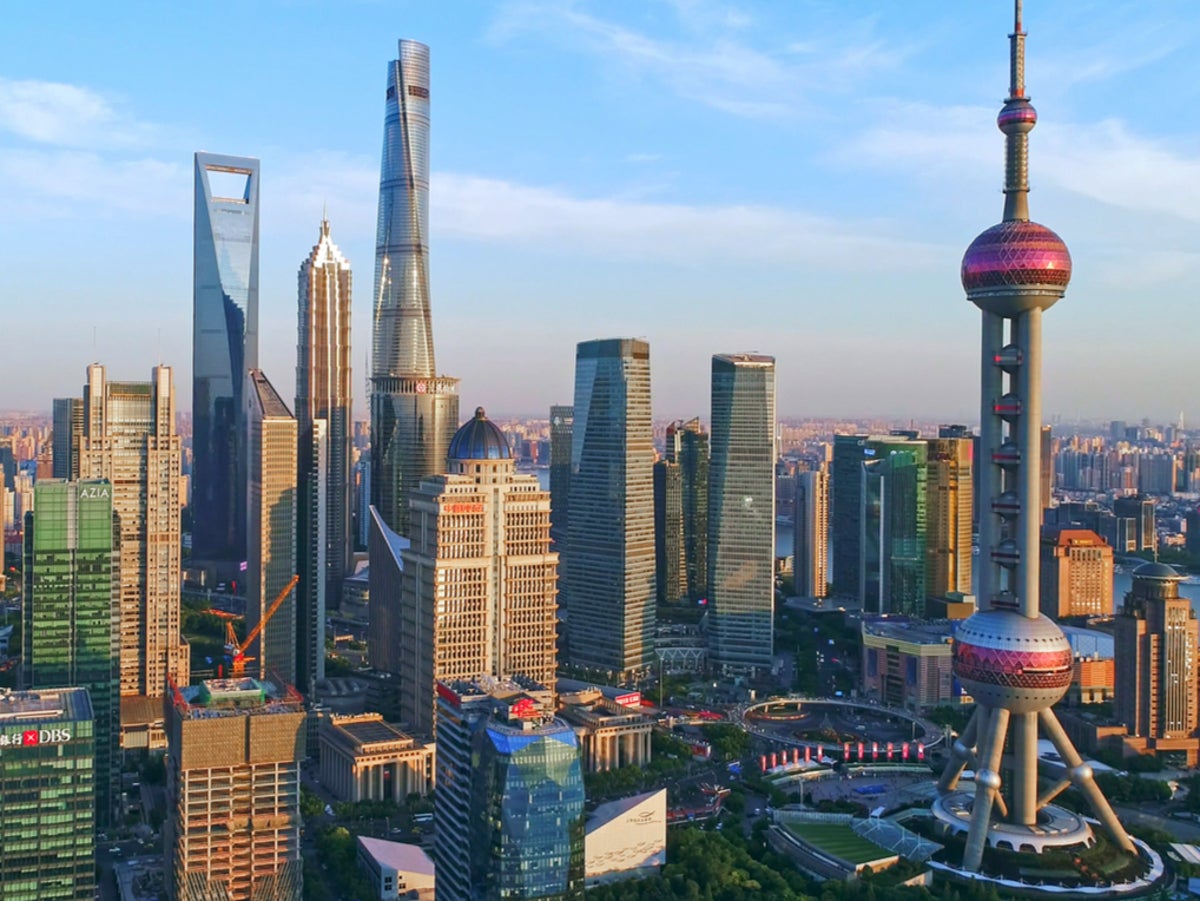
China has dropped almost all the Covid testing and quarantine rules that have made travel to the People’s Republic so difficult over the past three years.
The general requirement to spend days in a government quarantine centre followed by self-isolation in a hotel or home setting has been lifted.
At the same time, Chinese citizens are now allowed to travel abroad for leisure.
But with the exception of the Special Autonomous Regions of Hong Kong and Macao, tourists are not yet allowed in.
These are the key questions and answers.
Which foreigners are allowed into mainland China?
- Family members of Chinese citizens (or someone with a Chinese permanent residence permit) who they plan to visit.
- People with a work permit – typically for teachers of English.
- Business travellers who have an official invitation issued by a provincial foreign affairs office or department of commerce.
- Applicants who qualify for a transport crew visa, typically flight crews.
What hurdles must they cross to enter mainland China?
Everyone heading for China must submit a negative PCR test result, taken within the 48 hours before arrival, and complete a Health Declaration Form via the China Customs website.
There is no obligation to provide evidence of vaccination.
“Passengers entering China displaying symptoms of fever, or with an abnormal Health Declaration, may be asked to undertake an antigen test on arrival,” says the UK Foreign Office.
“Those who test positive will be released to self-quarantine if symptoms are mild, or recommended to go to a medical institution for diagnosis and treatment if symptoms are more severe.”
How strict are Covid controls in China?
Much easier than they were. While masks are still officially required in many settings, including public transport, anecdotal reports suggest the obligation is being widely ignored.
The Foreign Office says: “Covid-19 test results are still required for access to nursing homes, medical institutions, childcare facilities and schools.”
Will I find it easy to get a flight?
Not necessarily. Only a fraction of the normal UK-China flights are operating. Dan Beauchamp of American Express Global Business Travel told the Skift travel news site: “We expect international capacity recovery will be slow, at around just 12 percent of 2019 available seat miles for the first half of this year.
“International flight options are therefore likely to be limited and fares high, and the situation is unlikely to improve much in the short-medium term.”
Can I change planes at a Chinese airport without formality?
Not at present. All travellers entering into China must comply in full with entry requirements. “There are no exemptions to this, and transiting airside is not currently permitted,” says the Foreign Office.
Before the coronavirus pandemic Chinese airlines provided the lowest-cost options from the UK to South East Asia and Australia. Only when transit is allowed again will these bargains start to return.
How normal is life in China?
The Foreign Office warns: “The possibility that local authorities impose mandatory lockdowns in response to fresh outbreaks remains. Such lockdowns may result in disruptions to medical and other basic services, including food delivery.
“You should ensure you have prepared additional food, water and medical supplies in case you are mandated to isolate locally.”
Anyone who needs medical treatment is warned: “China is currently experiencing a large number of Covid-19 cases; medical facilities in some parts of the country, including Beijing, are operating at or near full capacity.
“Access to treatment, including intensive care, may be delayed or limited.”
What are the rules on travelling onwards?
Many countries have travel restrictions on arrivals from the People’s Republic – some only from mainland China, others also from Hong Kong and Macao.
Travellers returning to England are required to take a PCR or lateral flow/rapid antigen test in the two days before departure.
Arrivals from China touching down at London Heathrow can also volunteer to take a PCR test upon arrival, at the UK government’s expense.







